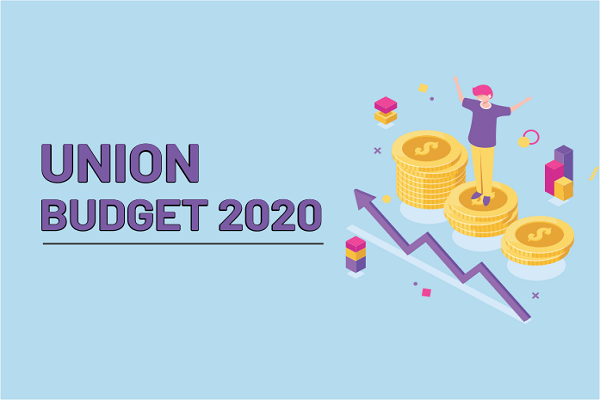The expectations from the Union Budget 2020-21 have never been higher, and real estate definitely has a comprehensive wish list. One expectation making the rounds is the possible scrapping of long-term capital gains tax (LTCG) on sale of property. It is assumed that this will benefit the real estate considerably. However, this may not be entirely true and could, in fact, be counter-productive and detrimental.
Presently, property owners pay 30% capital gains tax on sale of property if the gains are not reinvested in real estate within three years. To save on this tax, most have been investing their gains (not exceeding INR 2 crore) into either one or two properties, essentially keeping the capital within the real estate marketplace. However, the scrapping of this tax would open avenues for investors to seek other asset classes outside real estate.
In short, while scrapping LTGC tax on sale of properties may benefit the economy by increasing cash in the hands of investors and frequency of transactions in the stock markets, it could be detrimental to the realty industry.
Meanwhile, besides the usual expectations of according industry status and single-window approval process, real estate particularly hopes for the quick implementation of alternative investment funds to rescue stressed residential projects and easy access of capital for developers. After all, the real estate sector contributes over 8% to the Indian economy – and has justifiable expectations from Union Budget 2020-21:
- Hike the INR 2 lakh tax rebate on housing loan interest rates under Section 24 of the Income Tax Act – This could kick-start healthier demand for housing, especially in the affordable and mid-segment categories.
- Personal tax relief, either by a cut in tax rates or favourably readjusted tax slabs – The last increase in the deduction limit under Section 80C (to INR 1.5 lakh a year) was in 2014 and an upward revision is long overdue.
- Include ITC benefit in GST for under-construction homes – While the GST rate on under construction properties was reduced to 5% in 2019, the previous ITC benefit was shelved. Already cash-starved developers cannot avail tax benefits for construction raw materials and the increased costs are passed on to buyers. Providing ITC benefits is a great incentive to reduce property prices and make under-construction homes attractive again.
- Immediate deployment of INR 25K crore AIF – The clock is ticking, and the government needs to act immediately. The allotted stress funds need to be utilized to full potential without delay. Completion of stressed projects will improve homebuyer sentiment and boost demand. Any further delays will result in a domino effect and add more stressed projects.
- Ease liquidity – The ongoing liquidity crunch has a cascading impact across sectors, including real estate. Project delays – the biggest fallout of the cash crunch – have severely dampened buyer sentiments. Easing liquidity will increase capital flow for developers and keep supply – most importantly of high demand ready-to-move-in homes – healthy. Increased supply also keeps prices in check.
- Improve credit off-take from banks – The NBFC crisis has hit the sector hard, and there is enough justification to warrant credit off-take. Apart from recapitalization by the government and stringent measures by RBI, the gross NPAs of banks also improved to nearly 9.1% towards September-end 2019 (against 11.2% the preceding year).
- More incentives for private sector investments in affordable housing – Despite the benefit of infrastructure status for this critically important segment, developers are unable to get funding from major banks and NBFCs at lower interest rates. The profit margins for affordable housing projects are unattractively low.
- Speed up infrastructure development – The Government’s hard focus on infrastructure development is beyond dispute, but its plan to spend INR 100 lakh crores on infrastructure over the next five years can only yield tangible economic results with speedier on-ground implementation. There is a dire need to iron out bottlenecks hampering infrastructure growth.
- Implement land reforms – The new lower 15% tax rate for companies looking to set up new factories can be applied only if they are able to acquire land easily. Implementation of a unique identity numbers or UID for land will bring greater transparency to India’s outdated land records system and help attract more foreign investors and limber up the approval procedure for real estate projects.


